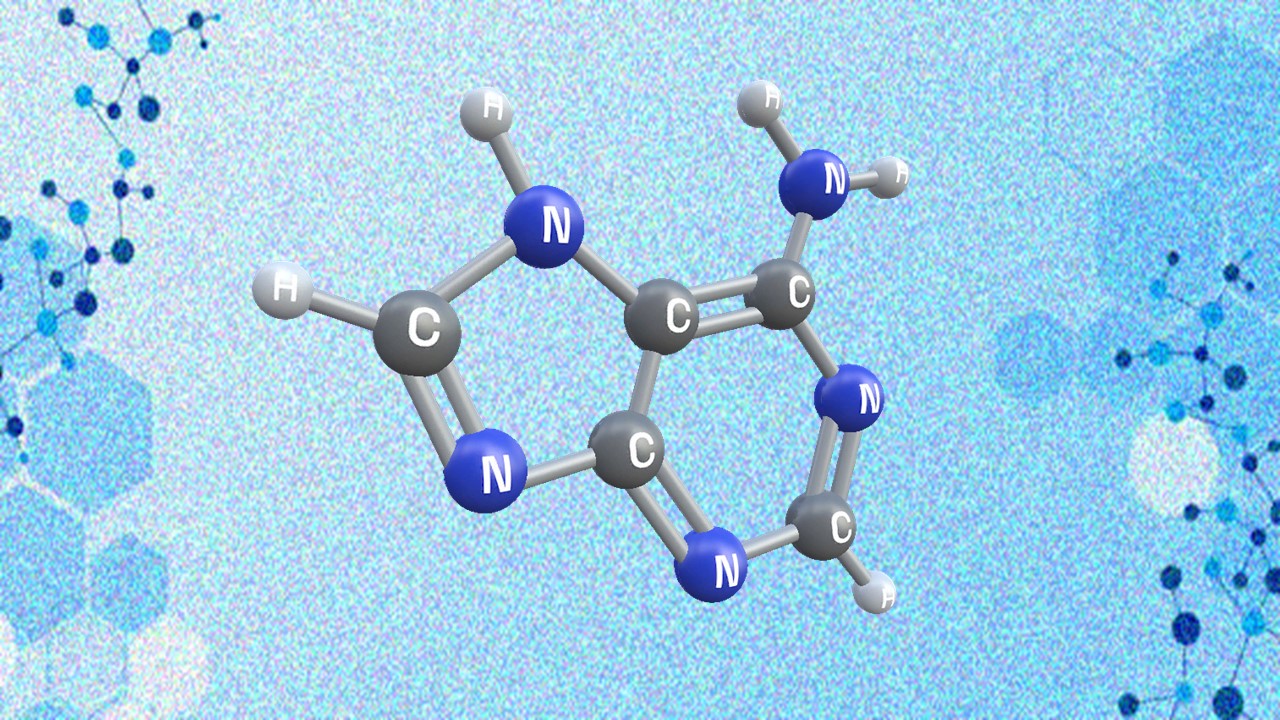
High-throughput technology is an important part of drug development, screening vast libraries of molecules rapidly and accurately for potential hits. More recently, this technology has expanded its capabilities. From COVID-19 screening to developing Alzheimer’s diagnostic blood tests, the possibilities for high-throughput assays continue to develop.
Introduction
High throughput screening (HTS) is an established HT technology used in drug discovery “which involves the use of automated equipment to rapidly screen large libraries of small molecules to identify compounds (called hits) with activity against a biological target”.
HTS has been used to screen a vast array of molecules including genomics, protein and peptide libraries. HTS technology is a critical part of accelerating the process of identifying potential hits for drug targets – one of the reasons it is so popular in drug development. These screening methods are diverse in their application and can also be used to characterise metabolic, pharmacokinetics, and toxicological data about novel drugs.
Over the years, pharma companies have taken advantage of the advancement in technology to optimise the process of HTS further. Now, this screening method uses automated robotics, microfluidics and sensitive detectors to screen around 100,000 compounds per assay.
In the early stages of HTS, one of the main challenges was finding a system to interpret the large volumes of content-rich information. The emerging integration of artificial intelligence with HTS, however, has seen this screening method develop the ability to mine large datasets with greater speed and accuracy.
HTS has evolved to keep up with the demand for biopharmaceuticals. Drug development is not the only area benefiting from this technology.
LAMP-seq test: High-throughput COVID-19 screening
A new test to detect COVID-19 has been developed at the University Hospital Bonn which can analyse a large number of swabs simultaneously using sequencing technology with a similarly high sensitivity to the qPCR test.
According to a Nature article, the gold diagnostic qPCR test works via viral RNA extraction from a biological sample followed by RT-PCR, which amplifies and detects conserved regions of the SARS-CoV-2 genome. This new approach, however, does not require RNA extraction – which saves considerable preparation and experimentation time.
LAMP-seq is a modified, highly scalable reverse transcription isothermal amplification (RT-LAMP) method. It uses unpurified biosamples which are barcoded (“a system designed to provide rapid, accurate, and automatable species identifications by using short, standardized gene regions as internal species tags”) and amplified in a single heat-induced step. The pooled products from this process are then sequenced en masse before analysis.
The rapid screening of large samples is supported by an HTS design not present within the PCR test. A recent study investigated the validity of this HTS approach to COVID-19 detection and found that the RT-LAMP assay was 2x faster relative to qRT-PCR. In addition, the LAMP-sequencing technique allowed the processing of 2-2.5x more clinical samples than the qRT-PCR test thanks to the HTS capacity.
The simultaneous testing of multiple samples offers great potential for systematic testing in settings like care homes and schools. In addition, frequent testing of large population groups is crucial for preventing peaks of infection.
Proximity extension assay: Proteomics test for Alzheimer’s diagnosis
A proximity extension assay (PEA) is an immunoassay for the high-throughput detection of protein biomarkers in liquid samples. Alzheimer’s Disease (AD) research conducted by the HKUST team saw the development of a blood test using PEA to detect and screen biomarkers for the neurodegenerative disease.
For each biomarker, a matched pair of antibodies linked to unique oligonucleotides bind to the respective protein target. Oligonucleotides are short DNA or RNA molecules. When placed in close proximity, the stretch of nucleotides combine to form two complementary single-stranded DNA/RNA, also known as hybridisation. The product is then amplified by PCR and detected in a high-throughput fluidic chip system.
The high-throughput protein technology examined the levels of over 1,000 proteins in the plasma of patient samples. The team then quantified 1,160 plasma proteins and revealed “429 plasma dysregulated proteins in patients with AD”. From the 429 proteins of concer, 19 were found to be associated with AD to form a biomarker panel, representative of a potential AD signature in the blood.
The data from this study can hopefully be used to develop future blood-based tests for AD which can be diagnosed accurately and rapidly thanks to the high-throughput technology. Frequent tests could also be used to monitor disease progression over time, and differentiate between different stages of the disease. Furthermore, blood tests are typically less distressing for vulnerable patients than the conventional MRI scans.
High-throughput functional screening: Cancer immunotherapy
High-throughput technology has shown the ability to screen vast numbers of molecules in a short period of time. Unfortunately, current approaches to immunoassays fail to accurately isolate functional antibodies with readouts beyond simple binding properties.
Recently however, a highly efficient droplet-based microfluidic platform combining a lentivirus transduction system was developed. This platform has demonstrated the ability to screen millions of antibodies to identify potential hits with the desired therapeutic functionalities.
Simple binding assays can screen millions of plasma cells for antibodies bound to vaccines/cancer targets. These types of antibodies are first generation cancer immunotherapy agents which consist of antagonist antibodies which act as checkpoint inhibitors. Functional antibodies, on the other hand, have shown promise in triggering anti-cancer immunity, according to this study.
Unfortunately however, next-generation cancer immunotherapies have been limited in their development due to the low functional throughput screens available that are limited to analysing a few thousand antibodies. This represents a bottleneck that relies upon additional screening prior in order to narrow down potential hits.
According to the team which developed this innovative system, “the droplet microfluidic technology allows analysis and screening of cells at the single-cell level with unprecedented throughput, something that cannot be obtained using bulk population-based assays”. Single cell analysis is notoriously difficult to produce accurately, so to do so in a high-throughput screening method is a significant achievement for the field of immunology.
In this case however, this complex binding assay would be particularly useful to discover functional antibodies with greater accuracy and increase throughput for the next generation of cancer immunotherapies such as agonist antibodies or bispecific antibodies.
Charlotte Di Salvo, Lead Medical Writer
PharmaFeatures
Subscribe
to get our
LATEST NEWS
Related Posts

AI, Data & Technology
The Power of Unsupervised Learning in Healthcare
In healthcare’s dynamic landscape, the pursuit of deeper insights and precision interventions is paramount, where unsupervised learning emerges as a potent tool for revealing hidden data structures.

Drug Discovery Biology
Unveiling the Elusive: The Prevalence Problem in Drug Discovery
When it comes to developing new drugs, researchers encounter a formidable challenge: the prevalence problem.
Read More Articles
Synthetic Chemistry’s Potential in Deciphering Antimicrobial Peptides
The saga of antimicrobial peptides unfolds as a testament to scientific ingenuity and therapeutic resilience.
Appreciating the Therapeutic Versatility of the Adenine Scaffold: From Biological Signaling to Disease Treatment
Researchers are utilizing adenine analogs to create potent inhibitors and agonists, targeting vital cellular pathways from cancer to infectious diseases.
Bioavailability and Bioequivalence: The Makings of Similar and “Close Enough” Drug Formulations
Scientists are striving to understand bioavailability complexities to ensure the equivalence of drug formulations from different manufacturers, crucial for clinical effectiveness.











